Twilight: 2000 — Roleplaying in a Post-Nuclear Holocaust World
Nostalgia: noun — a wistful desire to return in thought or in fact to a former time in one’s life, to one’s home or homeland, or to one’s family and friends; a sentimental yearning for the happiness of a former place or time.
Dictionary.com
I have heard about a phenomenon in film making that when the decision makers and creators get into places of power (usually in their 40s and 50s), the public often sees an uptick in nostalgic films about the creator’s formative years. A cycle that repeats itself not unlike the cycle for fashions coming back in style (though, mercifully, some fashions remain purely historical). TV and film reboots are often the result of this nostalgia as well.
RPGs have reached the age where nostalgia is becoming more apparent — at least it is to this long-time RPGer. While Dungeons & Dragons, Traveller, Call of Cthulhu, and a few other games have had an ongoing existence through multiple editions from the late 70s and early 80s, many games have come and gone.
The so-called OSR (Old School Revival or Old School Renaissance) first brought back D&D retroclones before expanding beyond that to be a movement about a philosophy of game play. More specifically, a number of games are being brought back to life in new editions. A big one is Twilight: 2000.
For me, Twilight: 2000 is perhaps the most nostalgic of games. With my first forays into Traveller and Star Frontiers, I stumbled upon and then through them, trying to make sense of this new type of game. Twilight: 2000, which came along in its first edition in 1984, was my first “I’m going to buy this RPG” after seeing the ads for it in a GDW catalogue and a full sense of what I was actually getting myself into. I had progressed enough in a couple of years with Traveller to understand “this is what you do” with RPGs. And my lone player — my brother — was also a bit more mature — particularly a couple of years later after the initial release.
The pitch for Twilight: 2000 is that World War III started in the 1990s and escalated over a few years to the use of tactical nuclear weapons. The world sneaked across into a post-apocalyptic nuclear holocaust rather than the mass launch of ICBMs. World governments have lost authority, and the world is still largely at war. The players are — usually — part of the US Army 5th Mechanized Division that launches an offensive in 2000 in support of Operation Reset. Things go horribly wrong, and the army disintegrates, leaving the characters stranded in enemy territory with only what they are carrying and their wits.
What happens next is up to them. Do they attempt to get back to friendly troops (and exactly where where are they and do they exist)? Do they attempt to get back home? Do they set up a new home? The game operates best by being a sandbox environment, where the players choose their next actions and approach to dealing with the situation.
Free League, the folks behind the RPGs Mutant: Year Zero, Symbaroum, Coriolis, and Alien, successfully Kickstarted a new edition of Twilight: 2000 using the Year Zero engine that powers many of their games. Free League has a nose for nostalgia as well, for their game Forbidden Lands is a tribute to the hex crawling games of the 80s — hexcrawling games are also called sandbox games and often framed to be player driven sandboxes where they get to decide where to go and the GM rolls for various random encounters — and Alien, at least to me, has largely been a nostalgia driven franchise based on the first two films.
Last year’s announcement about the deal between Free League and Marc Miller (who holds rights over several of the GDW games) to create a new edition of the game, brought much excitement in the RPG community. By the end of their Kickstarter campaign, they had raised over $650,000 from over 8,000 backers.
Free League released the alpha of the rules and setting in PDF format.
NOTE: Any discussion here about the setting and rules is subject to change for this is the Alpha of the game.
Twilight: 2000 uses a modified version of the Year Zero system — but it is quite an interesting take on it. In other Free League Year Zero games, you collect a pool of D6s based on attributes, skills, gear, and other options. Roll them, and if you get at least one 6, your character succeeds at the task. Highly skilled characters can roll a substantial number of dice in this model. Twilight: 2000 adjusts this by tying a level for an attribute or a skill to a larger die. For example, a Strength of D means you roll a D6 when necessary. Strength of A, however, means you roll a D12. Same goes for skills. Thus, to complete a task, players usually roll two dice. However, to succeed, the player must roll at least one 6. Good news is that if you roll a 10 or higher (thus, only available with A or B level attributes or skills), you score extra successes.
In general, this means that it is a bit harder to succeed at tasks in Twilight: 2000 than other Year Zero games.
Players pick archetypes for their characters: Civilian, Grunt, Gunner, Kid, Mechanic, Medic, Officer, Operator, and Spook. Each of these archetypes have recommended specialities and skills along with a Coolness Under Fire starting statistic, which comes into play when combat ensues — particularly if the character is suppressed.
Free League has adapted the original Lifepath system—a way of randomizing some results of the character creation process while preserving a level of control and providing background for those characters. Development is in four year cycles, and you can start in a civilian career before joining (or being drafted into) the military as the World War III begins. More military-focused Lifepaths tend to be better at things related to the military, while starting civilian grants more rewards in those skills. Both military and civilian skills are helpful in negotiating the post-apocalyptic world of Twilight: 2000.
The 12 core skills use the same skill levels as the attribute ranks — i.e., D, C, B, A correspond to D6, D8, D10, and D12 dice that are used in any rolls, presuming you have the skill. Specialities are additional knowledge and expertise in a focused area. These grant an increase of the die value (that is, increasing from a D6 to a D8) or other bonus.
For example, the Construction speciality grants a +1 to stamina rolls made for base building while Historian allows a character to roll the Recon skill when they arrive at a new location. If they succeed, the GM must tell the player something significant that has happened there in the past.
While the character creation, skills, and even mechanic rules in the game are familiar to the Year Zero system but deftly modified for Twilight: 2000, the combat system, despite using the same engine as other Year Zero games feels like a major overhaul. Twilight: 2000 was always, in many ways, a simulationist, squad-level RPG. Fighting, tactics, suppression, and cover always played a significant part of the game. It was a military-themed, RPG. The original rule set covered indirect fire, extensive explosion damage rules, and other fiddly, detailed rules.
In the alpha rules, the new edition retains much of this feeling — but the rules are often written with a miniatures skirmish or war game in mind — like something I would read in Star Wars Legion. While the game does not go all in in that regards (it does not have, for example unit cards, activation tokens, or rules for whether line of sight is from the top of the model, is true, and so on), they do have more involved rules for a modern RPG than I have seen. Line of sight is something to monitor (beyond just the can you see the person behind cover) — and different terrain and conditions affect that line of sight and others. In fact, the following items are expressly called out in the text as blocking line of sight:
- A tall barrier
- Terrain
- Terrain between you and the target that is at a higher elevation
- Dense smoke
- Three hexes of dense forest or one hex of foliage
- Darkness and weather
The game presumes you have a hex-map upon which to place tokens that indicate combat conditions like Cover, Smoke, Suppressed, Overwatch, and Stuck (vehicles). While using a hex map and tokens and markers is not necessary — GM determines if players have line of sight on a target, and so on — Free League has taken to heart an essence of the game that I think is important. I will definitely be pulling out some of my miniatures for use at the table (and virtual tokens until I’m back at a table top).
Combat is dangerous in Twilight: 2000 (characters unskilled in firing weapons they are using are particularly dangerous. Rolling a 1 on any die triggers a mishap. Normally, you only get a mishap when rolling two 1s on both dice. Hence, the tactical nature — using cover, popping smoke, maneuvering with terrain and obstacles to your advantage — is important, and the rules are riding that line between overdoing it and not doing it enough very well.
For those nostalgic of the original game, they will find tons of equipment, gear, vehicles and weapons in the pages of this game. Stills for making alcohol-based fuel, all nature of armaments and vehicles used by the US, Soviet, Polish, and Swedish militaries. Tracking this gear, watching encumbrance values, and keeping your characters fed and mobile remain critical elements of this sandbox survival game.
Regarding the setting, I have seen some folks in a few forums complaining about some of the changes (all of which can can, of course). This new edition’s jumping off point is actually the second edition of the game. Wait, what?
The first edition of Twilight: 2000 released in the mid 1980s. The Soviet Union and Warsaw Pact were very much a force at the time. The game presumed the continued existence of these entities as they were into the 1990s and the start of World War III.
The second edition of Twilight: 2000, released in the early 1990s, revised the timeline to adjust to what actually happened. The Berlin Wall fell, the communist bloc started to fracture, and the Soviet Union disintegrated. That latter part not so in the second edition’s revived timeline. Instead, the 1991 August coup by hardline communists (the so-called “Gang of Eight”) succeeded.
This new edition uses that second edition timeline as its starting point, but shifts the starting point of the conflict, puts a stronger presence of Sweden in the fray (basically, invaded by the US after Sweden attempts to maintain neutrality), and other details.
My take on all this is, I’m still using the first edition’s timeline because that’s the most nostalgic (even if not in a pleasant way) one for me. I lived and remember well the 1980s, Reagan’s anti-communist fervor, nuclear arms treaties, Red Dawn, and so on. And my sticking to that timeline has zero bearing on what will happen at the table because the characters are just trying to survive. GMs and players can always create their alternative timeline, and if they are not happy this edition’s version (many were not happy about the second edition’s changes), they can craft their own.
Free League does introduce Sweden as an alternate setting for the game in addition to the traditional Poland, including altering Operation Reset and the failed offensive the leaves the PCs stranded in enemy territory with no back up. This is excellent and helps give permission to others to set the game in other settings that they may want to play in. This could be in South or Central America or the oil fields of the Southwest Asia or many other places. Twilight: 2000 is king of being able to play in an alternate reality that bears resemblance to our own.
Based on the alpha rules, I am very glad I’m part of this Kickstarter. Free League is both keeping true to the feel and roots of what Twilight: 2000 did so many years ago, while updating with a modern ruleset and design aesthetic. The product looks fantastic. Maps, images, and design all are of the high quality Free League consistently delivers. As a backer, part of the rewards includes a conversion kit for taking old Twilight: 2000 created characters and bringing them into these rules. My brother had a character, Dmitri, that he created all the way back in the 80s and re-created him last year for a game we started. I’m looking forward to getting Dmitri converted and into Free League’s excellent update.
Our coverage of GDW’s Twilight: 2000 includes:
Twilight: 2000 — Roleplaying in a Post-nuclear Holocaust World
Exploring Post-apocalyptic Poland in Twilight: 2000
Twilight: 2000‘s Polish Campaign, Part II
Twilight: 2000‘s Polish Campaign, Part II
Twilight: 2000‘s Polish Campaign: Part III
Going Home Isn’t All it’s Cracked Up to Be: Twilight: 2000’s American Campaign, Part I
From the Mountains to the Oceans: Twilight 2000‘s American Campaign, Part II
Reckoning: Twilight: 2000‘s American Campaign, Part III
Patrick Kanouse encountered Traveller and Star Frontiers in the early 1980s, which he then subjected his brother to many games of. Outside of RPGs, he is a fiction writer, avid tabletop roleplaying game master, and new convert to war gaming. His last post for Black Gate was Coriolis: Navigating the Third Horizon. You can follow him and his brother at Two Brothers Gaming as they play any number of RPGs. Twitter: @twobrothersgam8. Facebook: Two Brothers Gaming
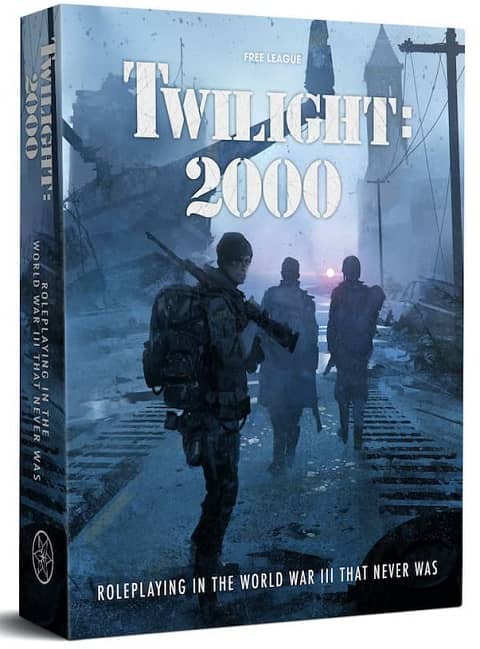
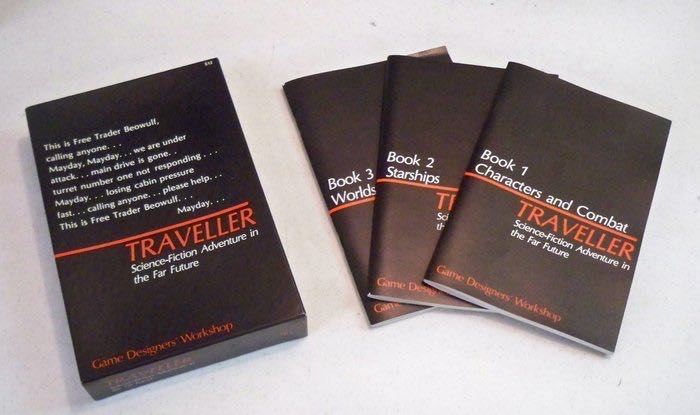
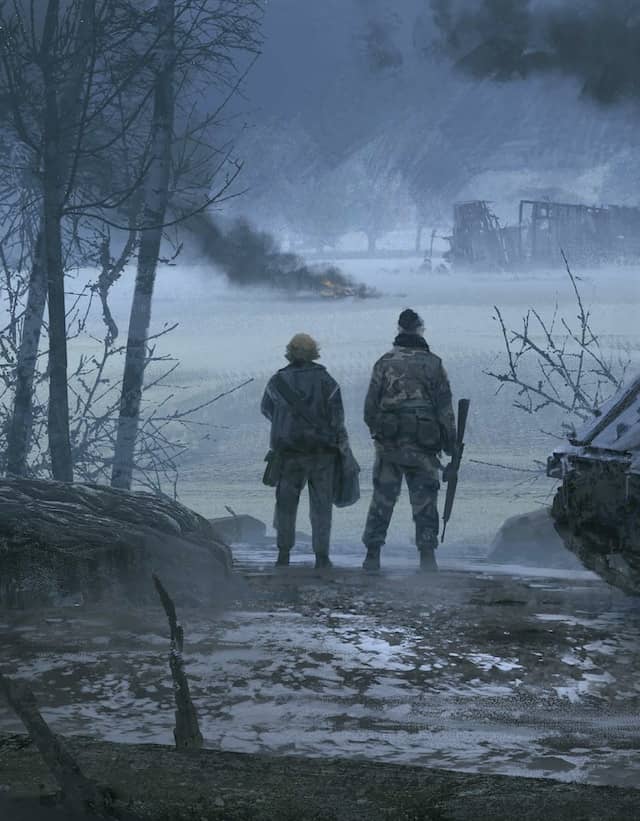
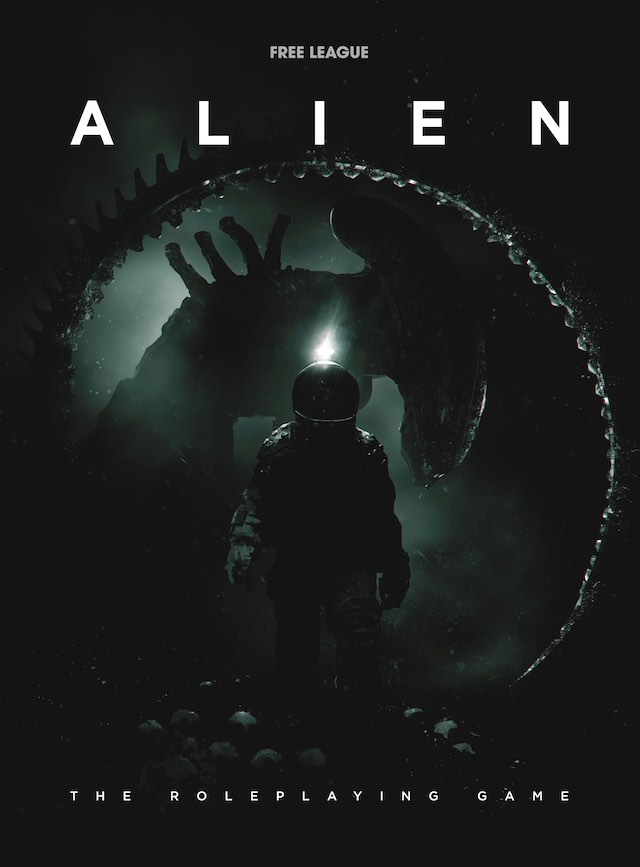
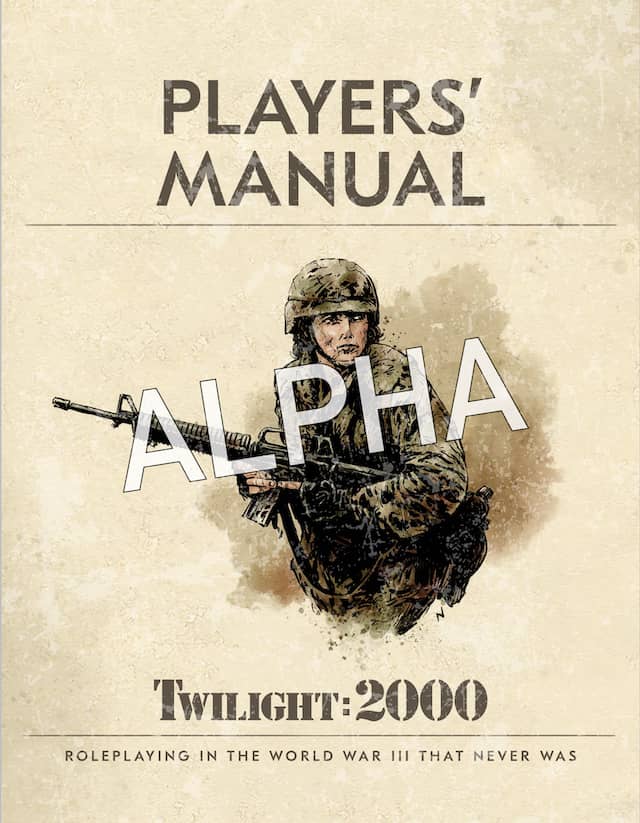
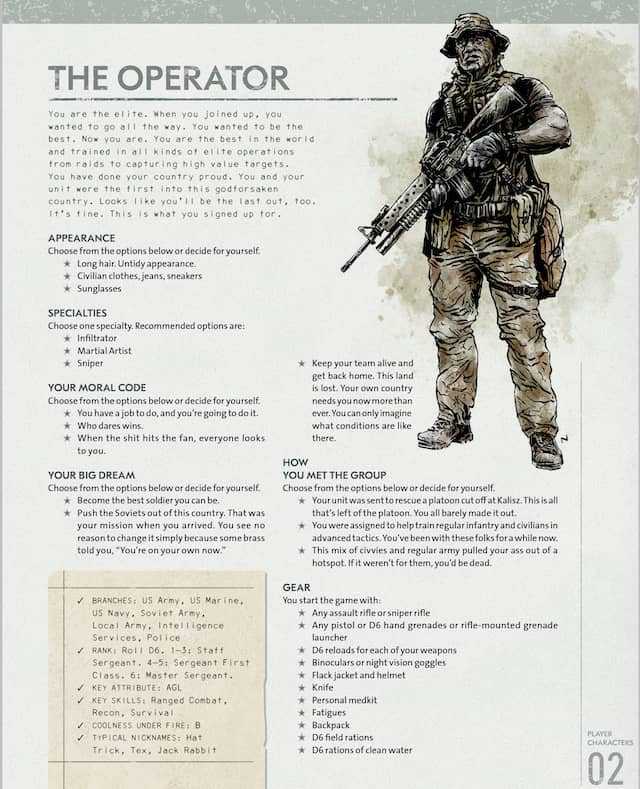
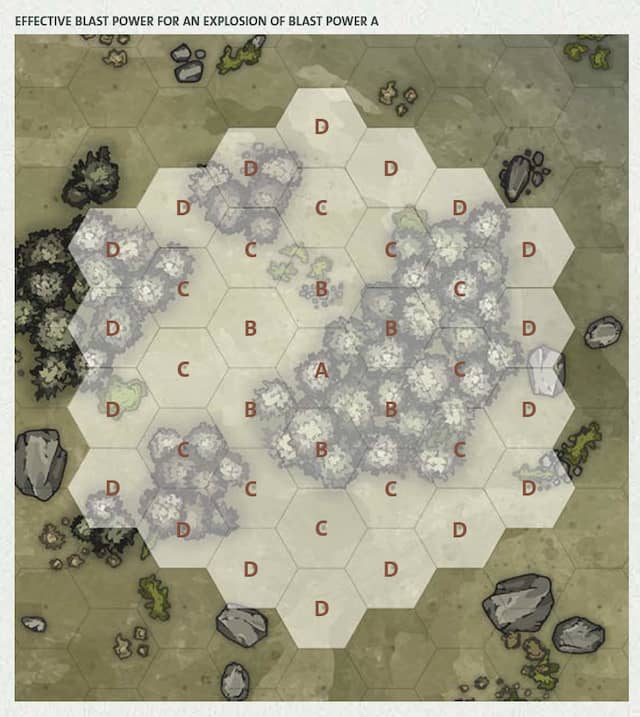
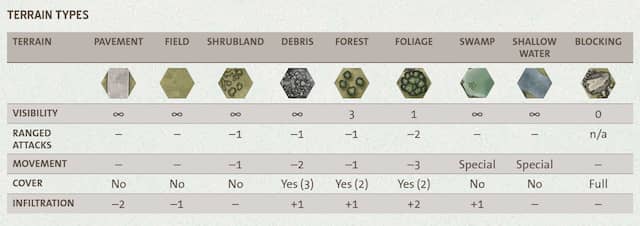
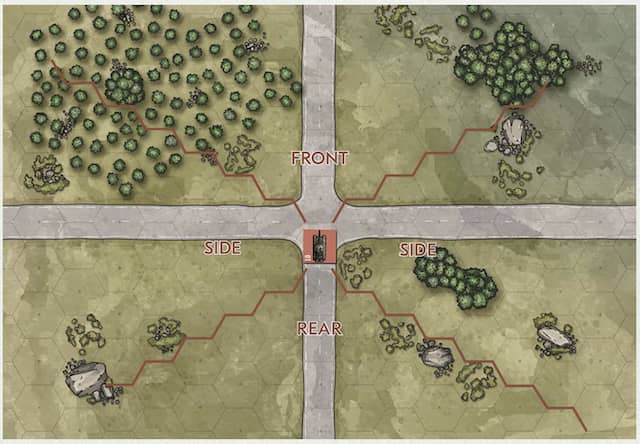
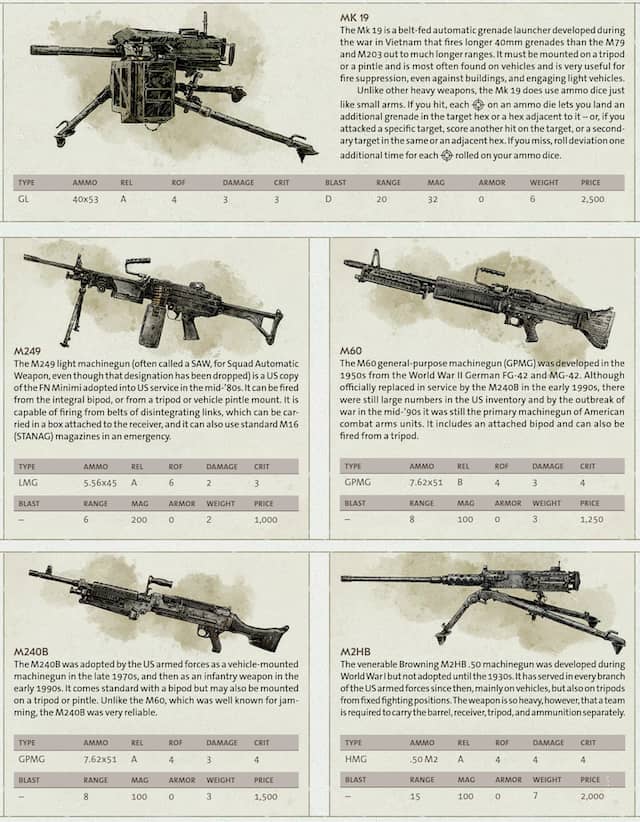
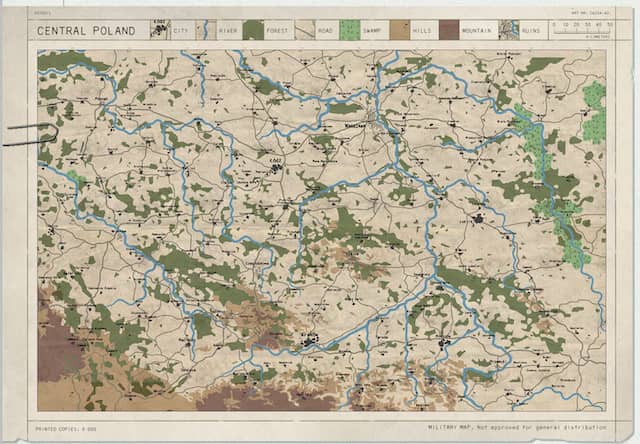
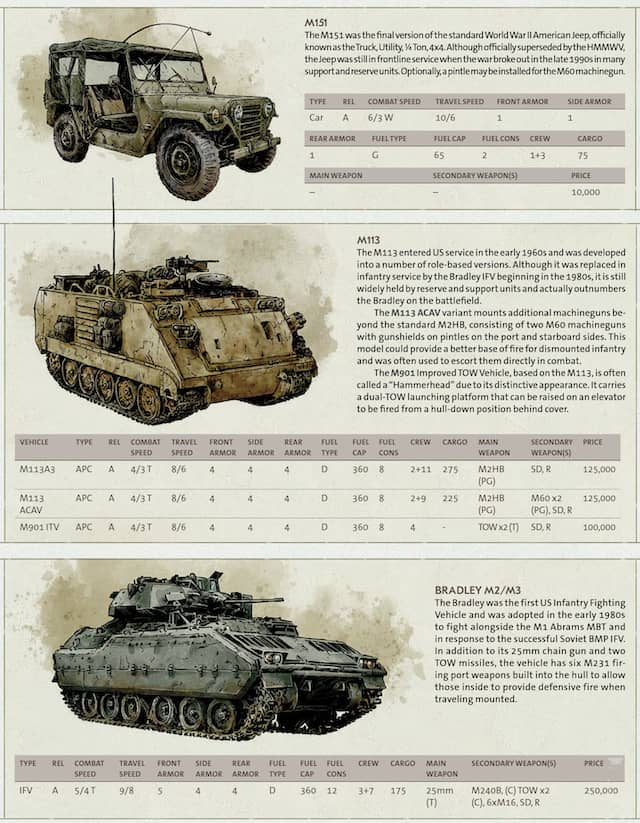
For me in the 80s, my two big WWIII touchstones were Twilight 2000 and Tom Clancy’s Red Storm Rising, and I always thought Twilight 2000 was a much more likely scenario than Clancy’s “let’s just agree to have a conventional war and leave those pesky nukes on the shelf, and it won’t spread much beyond central Europe”. (n.b. Maybe it did spread further? I haven’t read that book in 30+ years.)
Joe H.,
Thanks for reading and posting! While I always liked Clancy (and I agree on your assessment of the likelihood), I very much remember Team Yankee as the WWIII novel for me. I still see the cover of it in my mind’s eye. I’ve thought about re-reading it for when TK2000 releases in full.
I remember seeing Team Yankee on the shelf of the local bookstore, but for whatever reason I just never quite got around to it. Maybe someday.
Really like this perspective on the new release of the game. I’m already plotting out a campaign for some of my players in the future. I’ve read a LOT of grousing about the new system from grognards about the new rules, but I’m really interested in how to use the new rules for a faster, less rule-bound game.
Colin, thanks for reading! As a person playing the original rules, I really like Free League’s adaption of the Year Zero engine–and have become ever more enamored of it over the past few weeks.